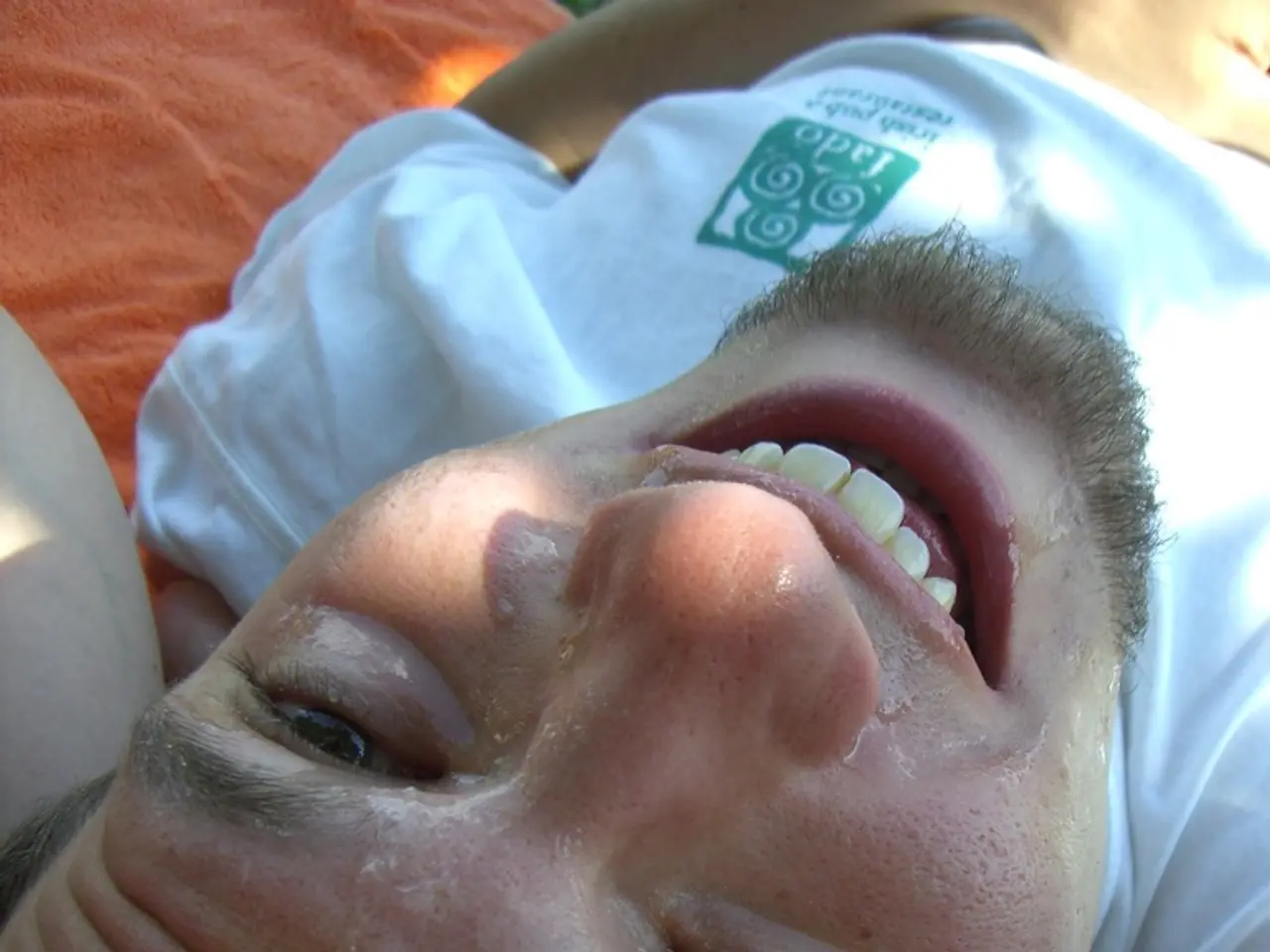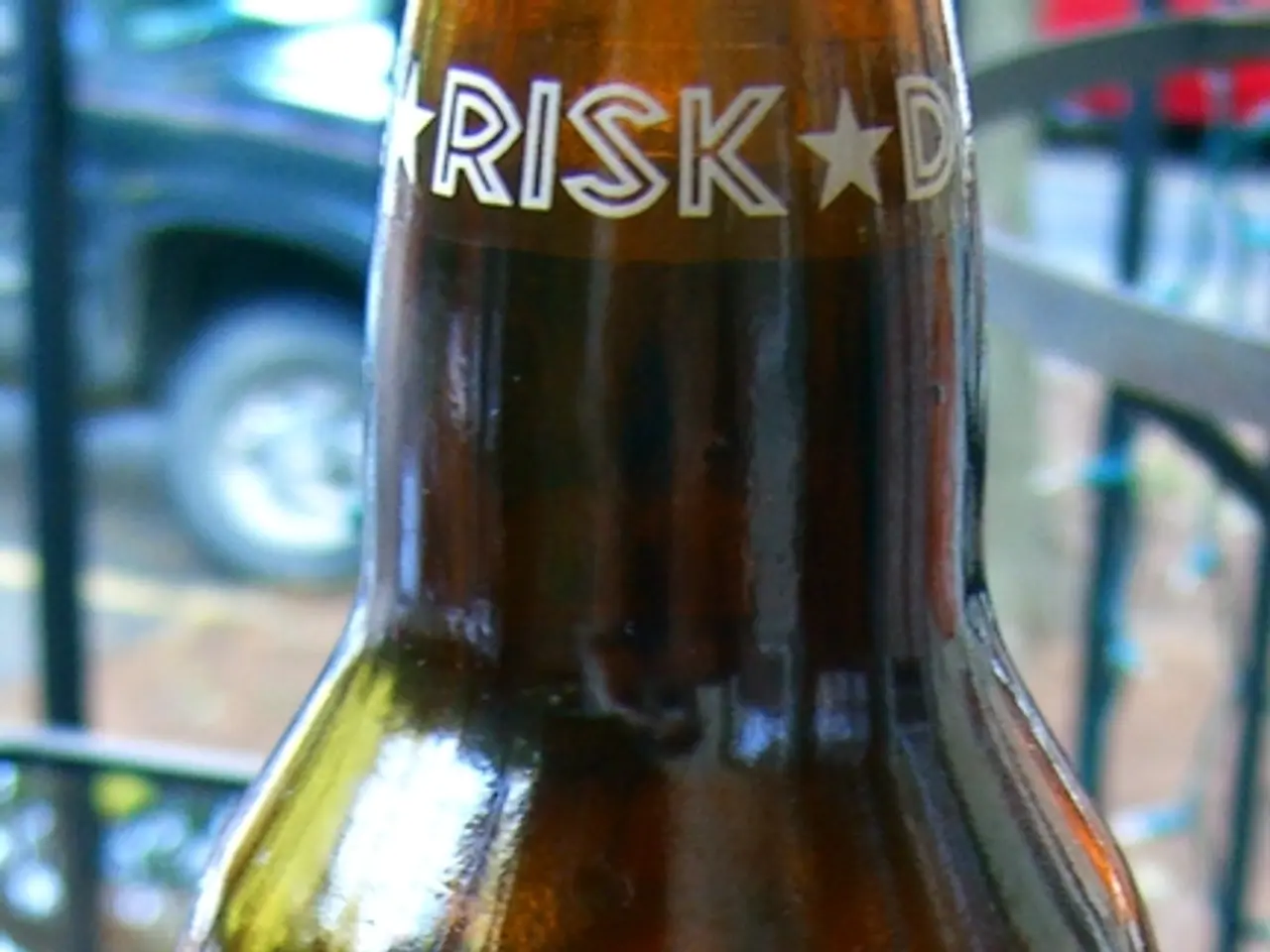Thumb Injury Indicators, Symptoms, and Remedies
A broken thumb, a common injury that affects the bones of the thumb — the distal and proximal phalanges or the first metacarpal bone — can occur due to direct trauma, falls, sports injuries, or accidents impacting the thumb directly.
### Recognizing the Symptoms
The signs of a broken thumb are often apparent and may include:
- Severe pain localized to the thumb - Swelling around the thumb and base of the finger - Bruising - Tenderness to the touch - Difficulty moving the thumb or gripping objects - Visible deformity in more severe cases
In some instances, a broken thumb may not present with obvious symptoms, making it crucial to seek medical attention if there's difficulty moving the thumb or if it feels cold to the touch.
### Treatment Options
Treatment for a broken thumb depends on the severity and type of fracture. Non-surgical treatments may involve immobilization with splints, casts, or buddy straps to keep the thumb stable and reduce movement during healing. Pain management with analgesics, rest, and avoiding activities that aggravate symptoms are also important. Hand therapy to reduce swelling and regain motion and strength after initial healing is often recommended.
For more severe or displaced fractures, surgical treatments may be necessary. These may include the use of fixation devices such as screws, plates, nails, or K-wire to properly align and stabilize the bones. Post-surgical rehabilitation with hand therapy to control swelling, restore movement, and protect the surgical site is essential.
### Recovery Period
The healing time for broken thumbs generally ranges from 4 to 8 weeks, depending on the fracture's severity and the treatment method used. Full functional recovery, including strength and mobility, may take longer and typically requires hand therapy, especially after surgery.
In summary, a broken thumb, caused by trauma, manifests with pain, swelling, and difficulty in movement and is treated either conservatively with immobilization and therapy or surgically for more serious cases. Recovery generally spans several weeks, with therapy playing a crucial role in regaining function.
It is essential to seek immediate medical treatment for a suspected broken thumb to minimize pain and help doctors treat the injury effectively. Remember, failure to treat a broken thumb can result in arthritis or breaking down of the joint, causing chronic pain, stiffness, and swelling.
A sprained thumb, on the other hand, occurs when the ligaments connecting the thumb joints stretch or tear, causing pain and discomfort but no break in the bone. If a person has difficulty moving the thumb or it feels cold to the touch, they should seek emergency medical treatment. A doctor may apply a special brace to the thumb to keep it firmly in place after correcting a thumb fracture, and they will usually recommend physical therapy following the injury to help a person regain movement and strength in the thumb.
- In some cases, undiagnosed or untreated chronic conditions like HIV, diabetes, depression, bipolar, psoriatic arthritis, or chronic kidney disease can lead to a weakened immune system, making a person more susceptible to injuries like a broken thumb.
- Workplace-wellness programs often include awareness about common injuries and chronic medical conditions, providing employees with tools to manage health-related risks, such as maintaining good nutrition, regular fitness and exercise, and skin care.
- The predictive science of health and wellness takes into consideration our genetic makeup, family history, and lifestyle choices in planning preventive measures and therapies for diseases like diabetes, depression, and chronic-diseases.
- Therapies and treatments for mental health disorders like depression can help alleviate the symptoms of physical injuries, such as a broken thumb, by addressing the emotional aspects of pain and recovery.
- CBD, a compound derived from cannabis, is currently being researched as a potential treatment for inflammation and pain management, which could help speed up the healing process for injuries like a broken thumb.
- In situations where a person has both a broken thumb and a chronic medical condition, it is vital to communicate with healthcare providers about potential interactions between different treatments, medications, and therapies.
- When working towards a broken thumb recovery, it's important to be aware that certain chronic medical conditions like diabetes might affect the healing process and treatment plan due to factors like slow wound healing and increased risk of infection.
- A holistic approach to recovery from a broken thumb includes addressing not only the physical injury but also the mental and emotional aspects, ensuring that the person receives appropriate care for all health-related concerns.
- Maintaining a healthy lifestyle with adequate nutrition, regular exercise, and positive mental health practices will help in managing chronic medical conditions like diabetes and depression, which can impact the recovery process following a broken thumb.
- Overall, recognizing symptoms, seeking prompt medical attention, understanding the various treatment options, and following the recovery plan for a broken thumb will ensure a healthy and speedy recovery, leading to a better quality of life, especially for those living with chronic medical conditions.




